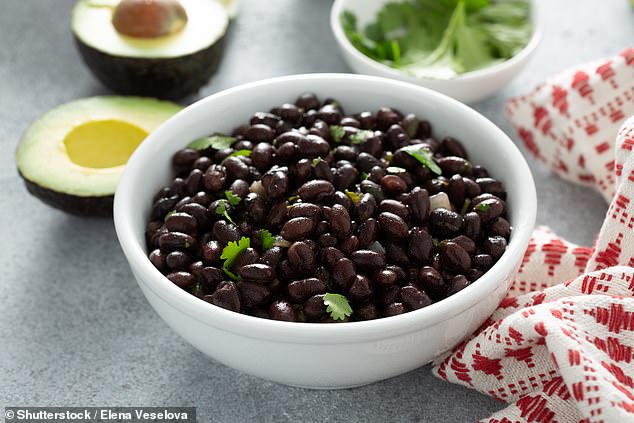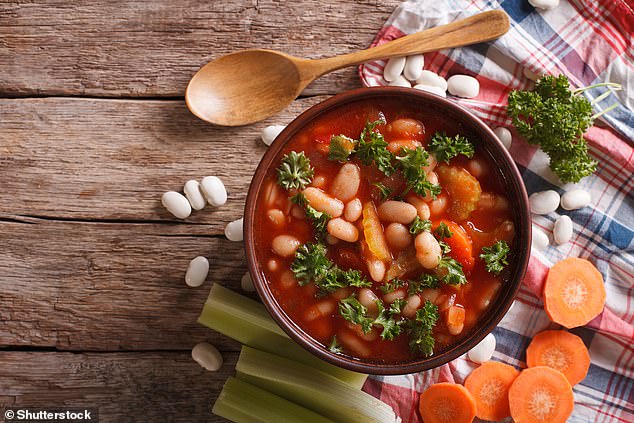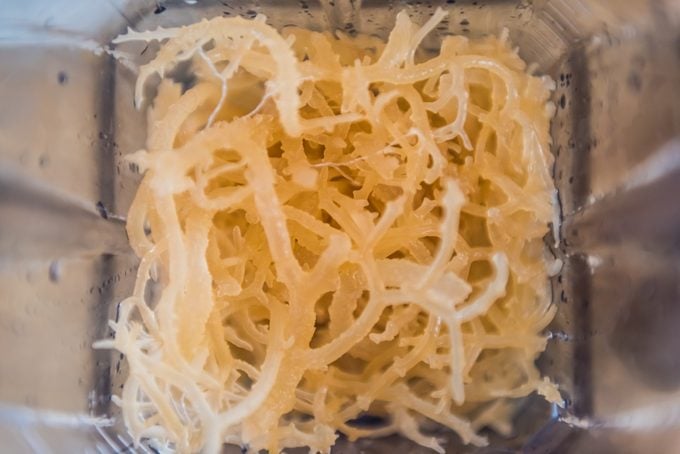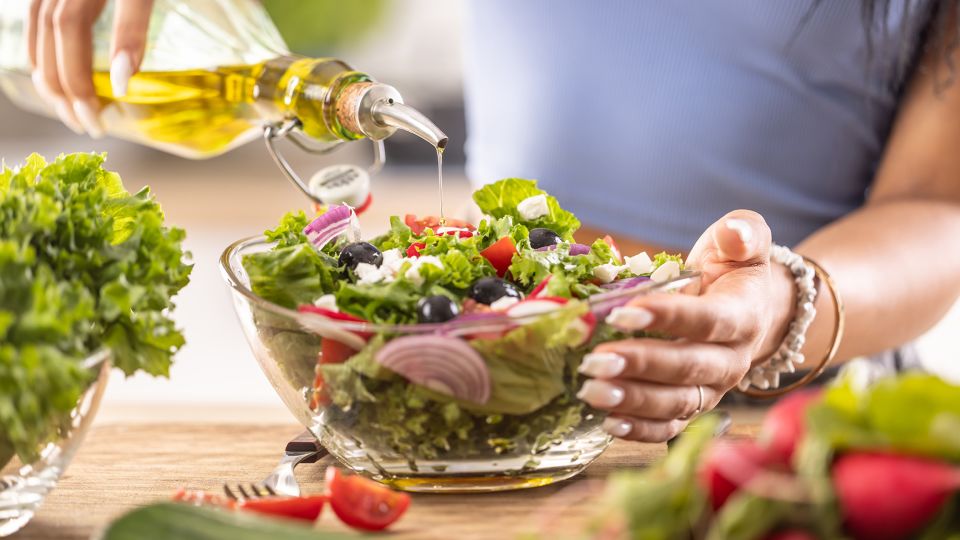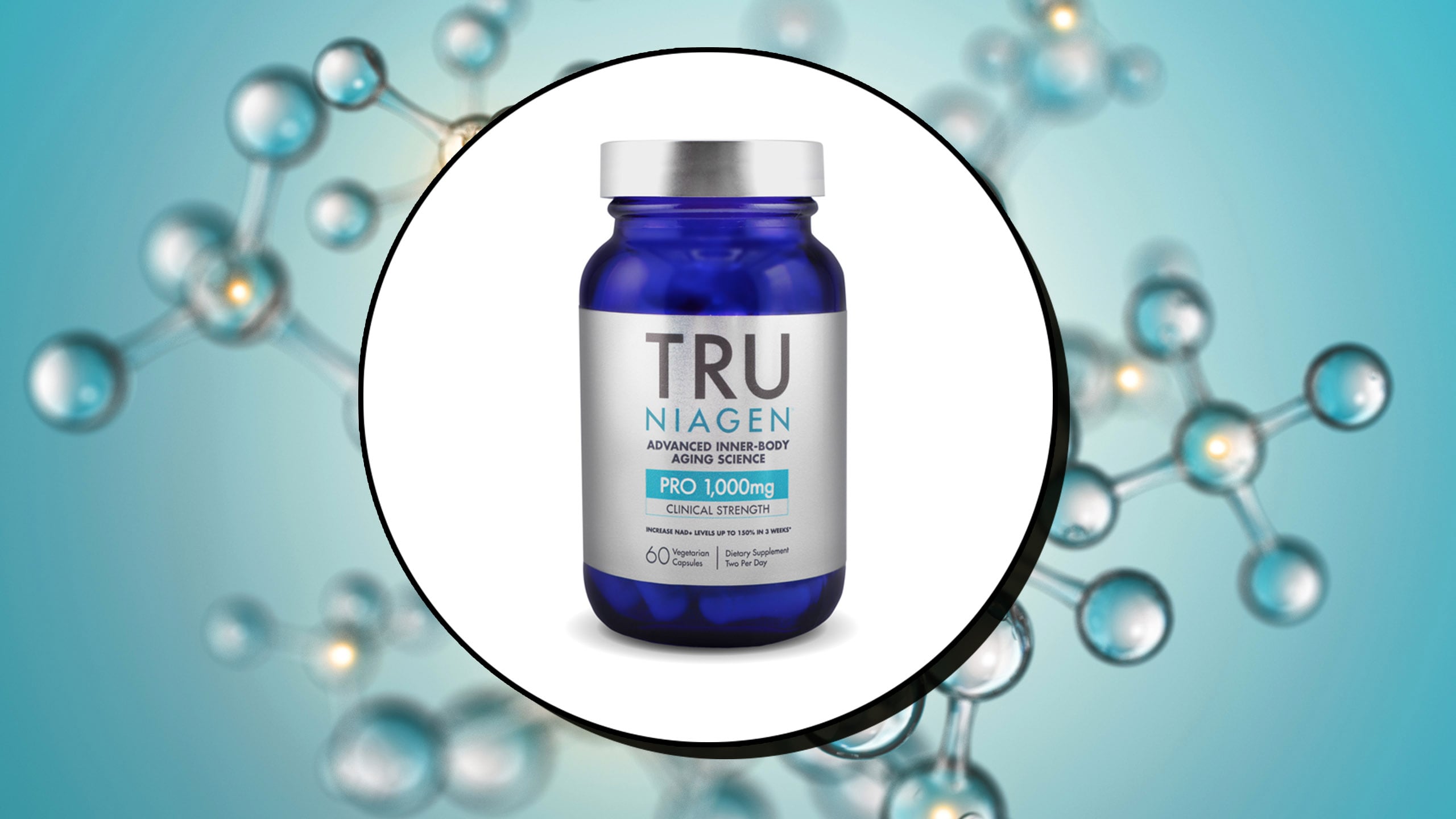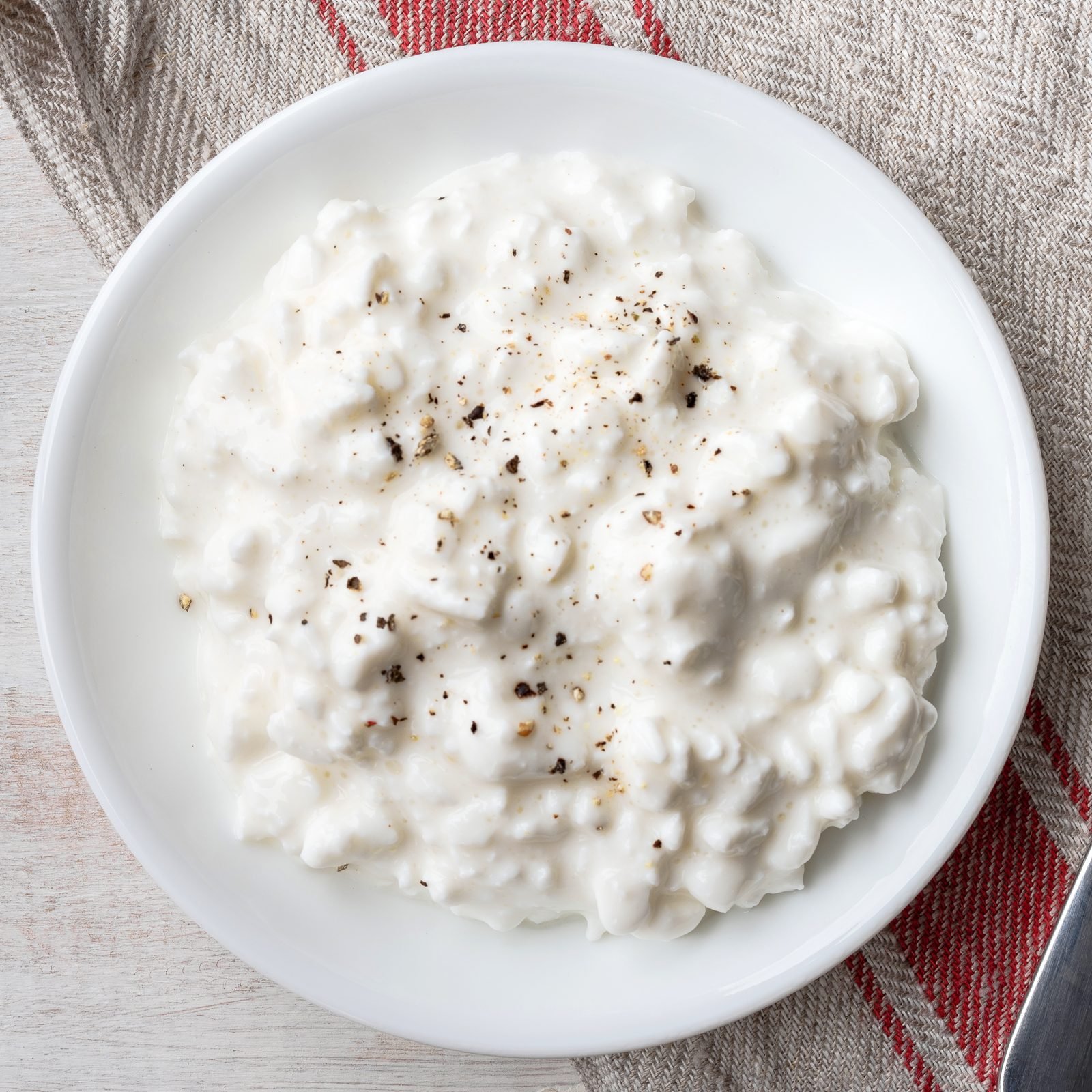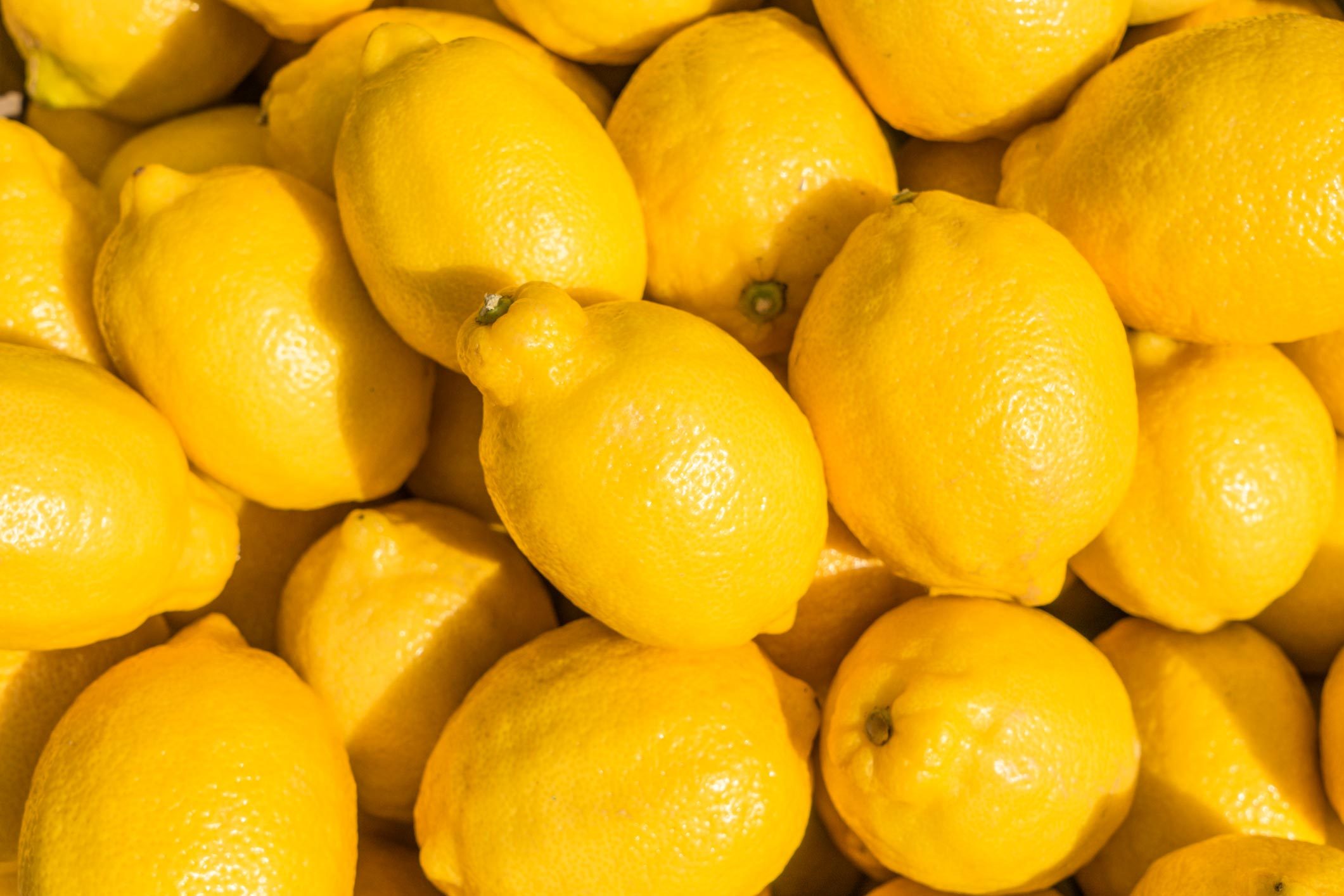Why Toddlers Refuse Food — and How to Respond

Your toddler won’t eat? You’re certainly not alone. Many a parent scratches their head when their former champion eater suddenly decides to turn her nose up at the dinner (and lunch!) menus. Truth: You could be dealing with a food strike, which occurs when your little one used to have a steady appetite, but now refuses to eat much of anything, including her favorite foods.
“My little one is 18 months and the last week he has been on a food strike,” says What to Expect Community user lovebeingamomma888. “Won’t eat anything. Sometimes only eats one meal a day and it’s usually not much. He won’t even eat his favorite foods.”
Frustration is normal when you’re faced with a food strike, but know that most of the time when toddlers won’t eat, it’s pretty normal. Here’s more about why toddlers refuse to eat, what to do when it happens at your house and, if something seems amiss, when to call the doctor.
Why is my toddler refusing to eat?
There are several reasons why your toddler may be on strike when it comes to meals and snacks, including her budding independence and a need for fewer calories too. Here’s the scoop:
-
She’s super busy
Toddlers love to run, play, and explore — and with so many other exciting things to do, she’s probably not keen to take time out to eat. The bottom line: Her eating may be erratic now. -
… and willful
Her budding assertiveness means you can serve her, but she’ll decide whether to eat. -
Toddlers are famous for pickiness
Selective eating, food strikes and more are just a few of the phases you can look forward to your child going through. (Let's see, there's the "only beige food" phase, the "no foods that touch each other" phase, the "one food only" phase, just to name a few.) "My son use to be a good eater but lately just eats a few bites," says What to Expect Community user jaslyneh. "He does love to eat a lot of fruit, cheese, and Cheerios." -
A little is all it takes
Don’t forget the "one meal a day" phase, which is normal too. In fact, toddlers actually need less to eat than you think (those tiny tummies fill up fast), and they probably eat more than you know. (A handful of Cheerios here and a few cubes of cantaloupe there add up!) The bottom line: If your child is thriving, she's probably getting what she needs each day. -
It could be the liquids
Too many calories from milk or juice can definitely keep a toddler's tender appetite satisfied, leaving less room for the chicken stew you spent so much time preparing. -
Or the snacks
If your toddler has lots of opportunities to graze between meals, that can have its effect come dinnertime. -
She may be teething
Finally, find out if she's teething. Molars, which usually make a painful entrance between 13 and 19 months, can also stand in the way of a toddler and her interest in food.
What to do if your child refuses to eat
Keep a cool head if your toddler won’t eat and then try a few of these smart strategies:
-
Go with the flow
Toddlers usually need to give food a full examination (touching, mashing, sniffing) before tasting. Just be matter-of-fact about this picky process and mealtime won’t become mayhem. -
Start small
Sometimes size matters. A mountain of food can overwhelm a little eater — causing her to give up before she's started. Keeping portions small will make it easier for her to navigate the plate. -
Come back with combos
Some toddlers reject new foods because they're not bland enough. In that case, try adding a little bit of the new, more flavorful food to a blander one (for instance, add a touch of peas to her brown rice). And just so you know: Almost all kids outgrow ultra-sensitive palates. -
Make some dip
Toddlers love to dunk their foods into gooey dips so consider serving guacamole with her red pepper strips, hummus, and bits of pita bread or a white bean dip for pieces of chicken. -
Offer choices
Serve up two healthy options on the dinner plate and let her choose her destiny. -
Keep up your routine
Stick to your regular meal- and snack-times, rather than offering food around the clock with the hope that you’ll entice your tot to open her mouth. -
Switch gears
Sometimes even favorite foods suddenly get the ick treatment. If it happens, try serving it differently, or preparing it hot instead of cold, dry instead of with milk, as a finger food instead of spoon-fed, or with cheese instead of plain. These tweaks may prompt her to gobble it up! -
Fork it over
Boost your toddler's budding independence and fine motor skills by giving her kid-size utensils. You might find that the novelty of feeding herself outweighs her impulse to reject her meal. -
Try family style
Eating as a family may encourage your toddler to join in. Pass around a bowl of pasta with veggies and pesto or teriyaki salmon and brown rice, and your tot just might reach for a taste. -
Shop and cook together
Hit the grocery store or farmer’s market and let your little one choose the fruit or veggies for lunch. And if she’s old enough, have her tear lettuce or stir muffin batter. -
Give it a break
Simply take the rejected food away, and don't serve it for a while (unless it's asked for). In the meantime, offer nutritionally similar foods — if it's frozen waffles that have gotten the cold shoulder, serve pancakes. If it's yogurt, try cottage cheese. If it's apples, try bananas. -
Do bring it back with a twist
When you return the rejected food to the menu, serve it with a different spin. Cereal for lunch instead of for breakfast. A peanut butter and jelly sandwich rolled up and cut into pinwheels instead of standard squares. Grilled cheese made with mozzarella instead of American. -
Don’t write off rejected foods
What's off the menu today may be back on tomorrow, so don't give up. In fact, if a food strike is triggered by teething discomfort or a soon-to-appear cold, it may be back in favor once your little one is feeling like her usual self. -
Don’t rely on junk food
It’s tempting to make only your kid’s favs or ply her with ice cream with the goal of getting her to eat something — anything — but this isn’t wise. Signing up to be a short order cook will allow the picky eating to continue and giving junk food regularly isn’t healthy. While you can't — and shouldn't — force your child to eat, you can make sure her plate is nutritious and nourishing. -
Try not to worry
Your toddler's refusal to eat is usually temporary. As long as your child continues to gain weight and inches and remains healthy (aside from the usual colds) — and as long as her weekly total intake seems sufficient (don't look at each day in a vacuum) — there's little reason for concern. -
Don’t take it personally
Just because your child rejects the food in front of her doesn't mean she's rejecting you. It's also not a reflection of your parenting (or cooking!) skills. -
Nix bargaining or bribing
Promising extra cookies every time your tot deigns to swallow broccoli could serve to increase her craving for sweets even more. -
Change her seating — and keep it pleasant
Has your toddler outgrown the high chair? She may be more willing to sit down for a meal if she doesn't feel confined, so consider a booster seat instead. And keep the scene low-key, quiet and free of distractions (like the TV or siblings playing nearby).
Is it normal if my child refuses to eat?
Yes, it’s normal for a child’s appetite to slump after age 1. In fact, a decreased appetite is to be expected at this stage of development. Your child is experiencing a normal slowdown in growth from her first baby year — and with it a need for fewer calories and food.
And keep in mind that it’s the rare toddler who loves everything at first bite. It often takes five, 10, even 15 attempts before your budding gourmand accepts (and swallows) a new food. If you’re concerned there’s just not enough getting inside her little mouth, you might keep a food log. Jot down everything she eats over the course of a week and then discuss it with the pediatrician.
When to call the doctor
If a closer examination of your toddler’s eating habits reveals an increasingly narrow diet, or one that’s missing a food group, talk with your child’s doctor to see whether giving her a daily vitamin-mineral supplement made for toddlers is a good idea. But you should definitely consult with the pediatrician right away if you notice any of the following symptoms:
- Unusual weakness, lethargy or fatigue
- Fever
- Prolonged irritability
- Weight loss
Your toddler’s eating habits can feel like you’re riding a roller coaster some days! But as long as your tot is eating well enough over the course of a week and you’re offering healthy choices, she should be fine. And as with many stages of childhood, know that this too shall pass.


